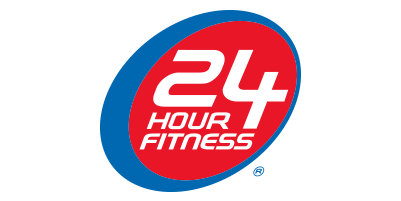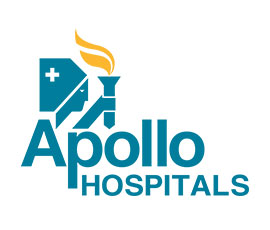QlikView for the Manufacturing Group
Description
Description is not ready yet
Details
Business tasks
Reduce Costs
Enhance Staff Productivity
Ensure Security and Business Continuity
Problems
No automated business processes
High costs of routine operations
Complex and non-transparent business processes
Shortage of information for decision making
High costs
No control over implementation






















